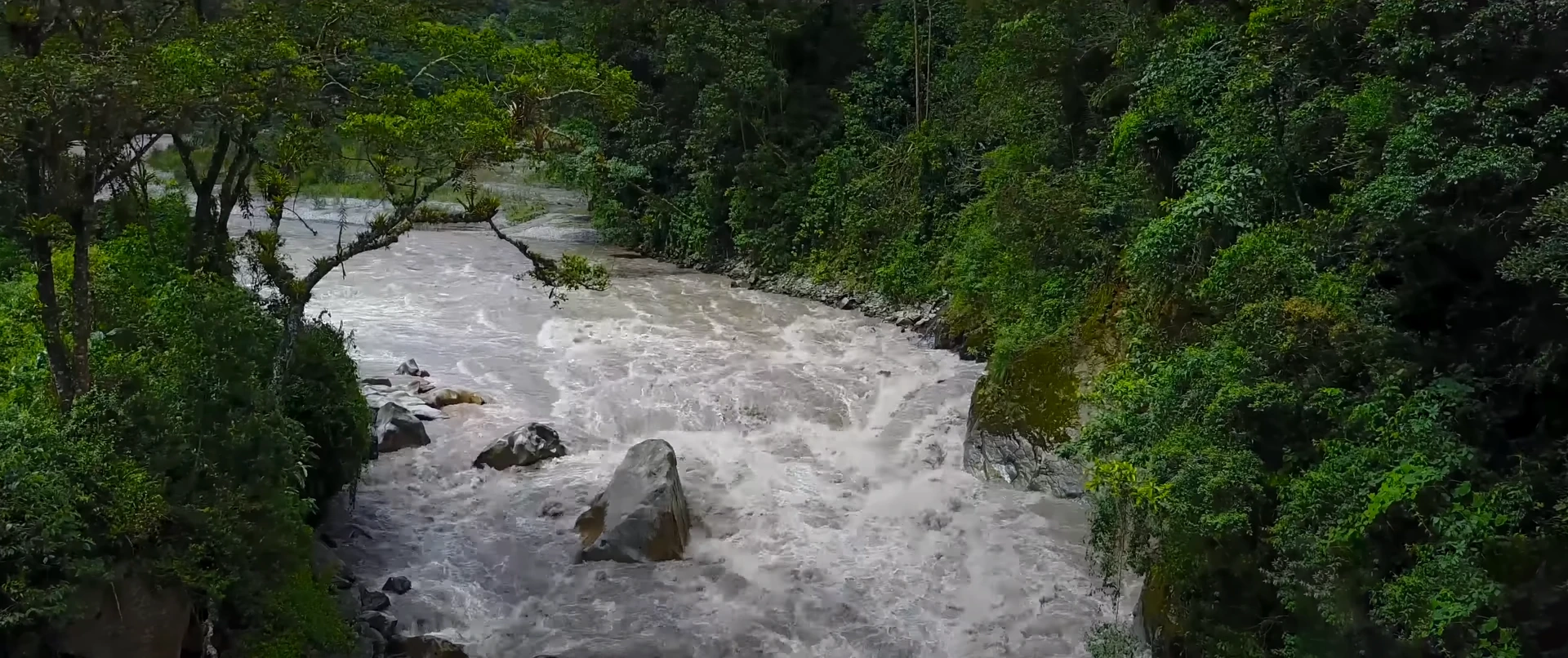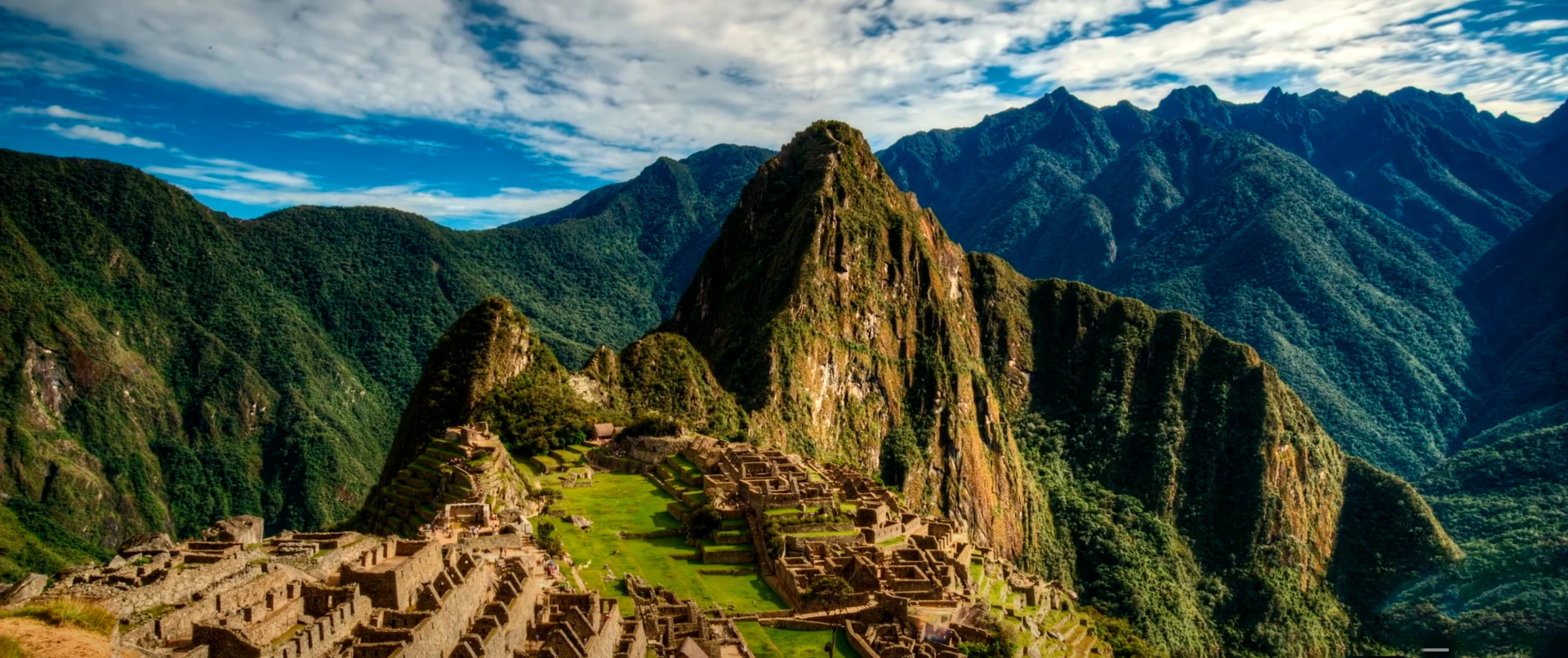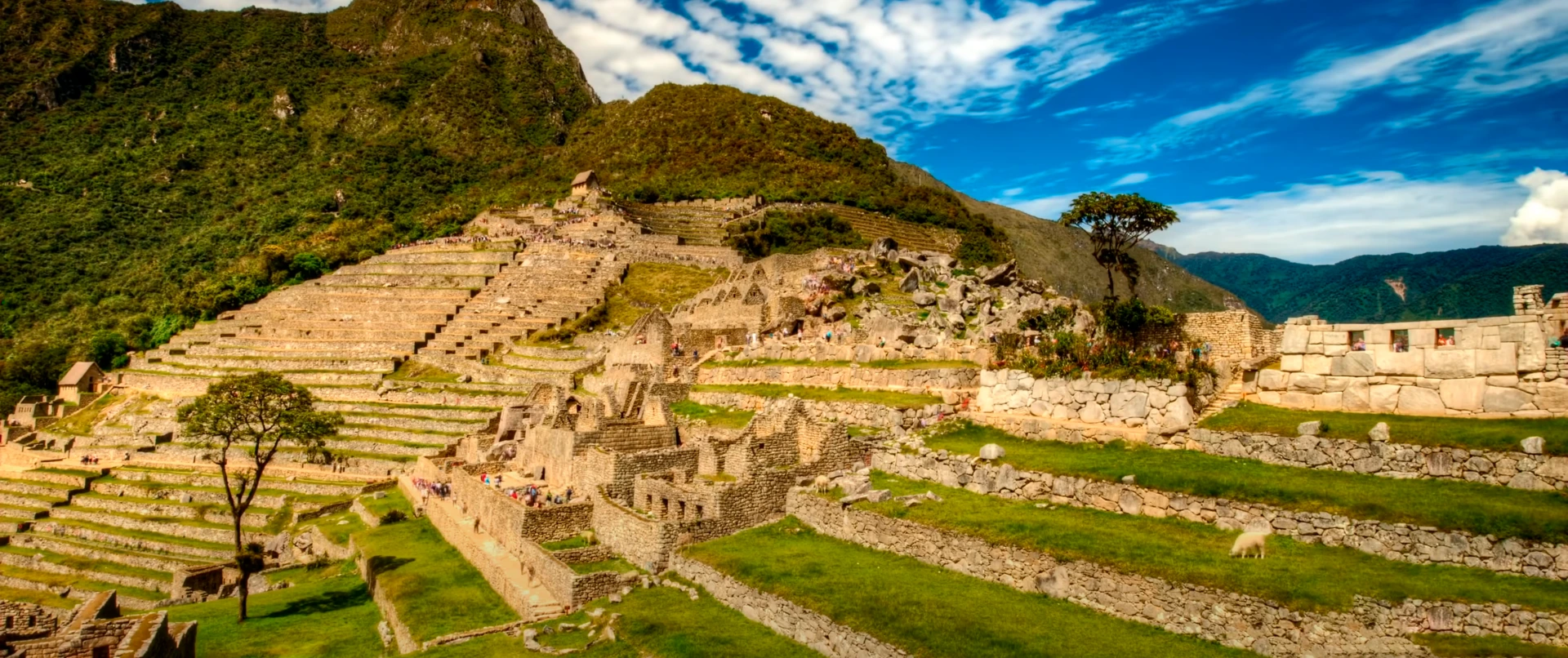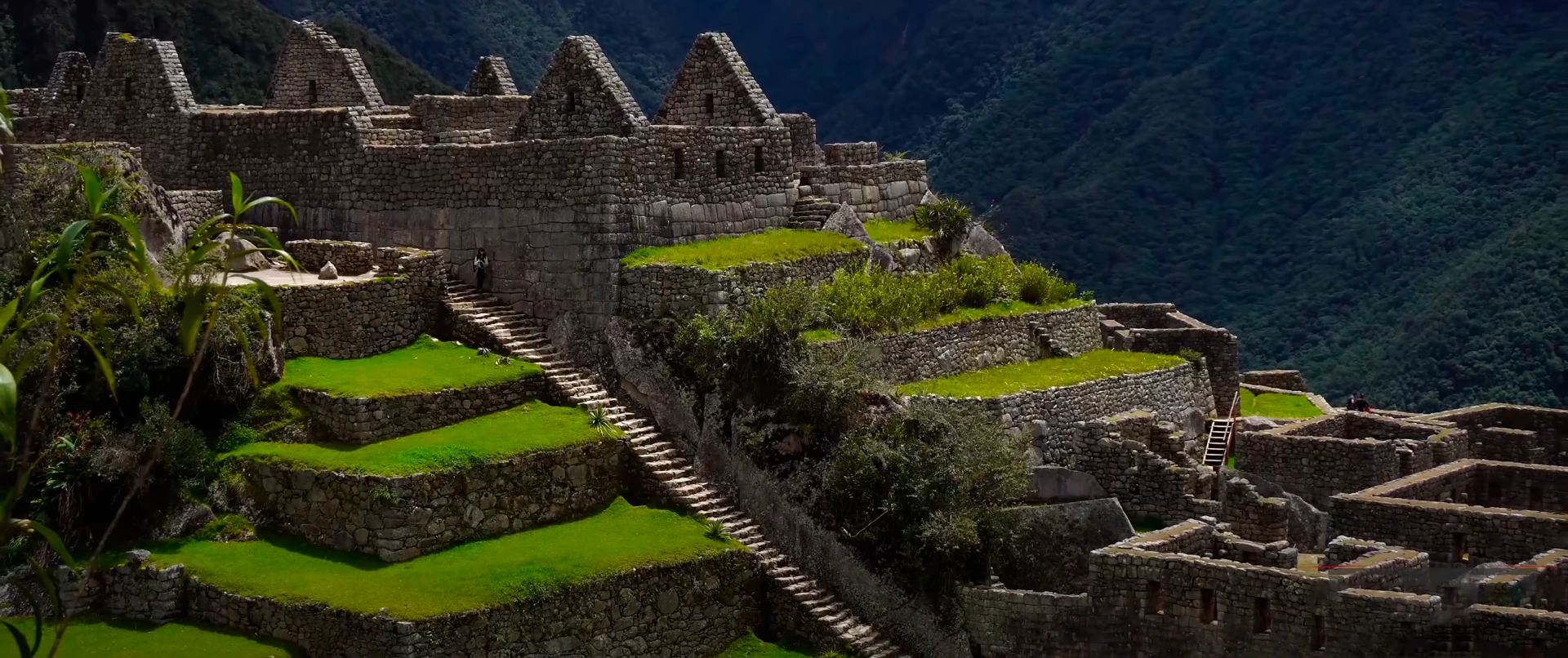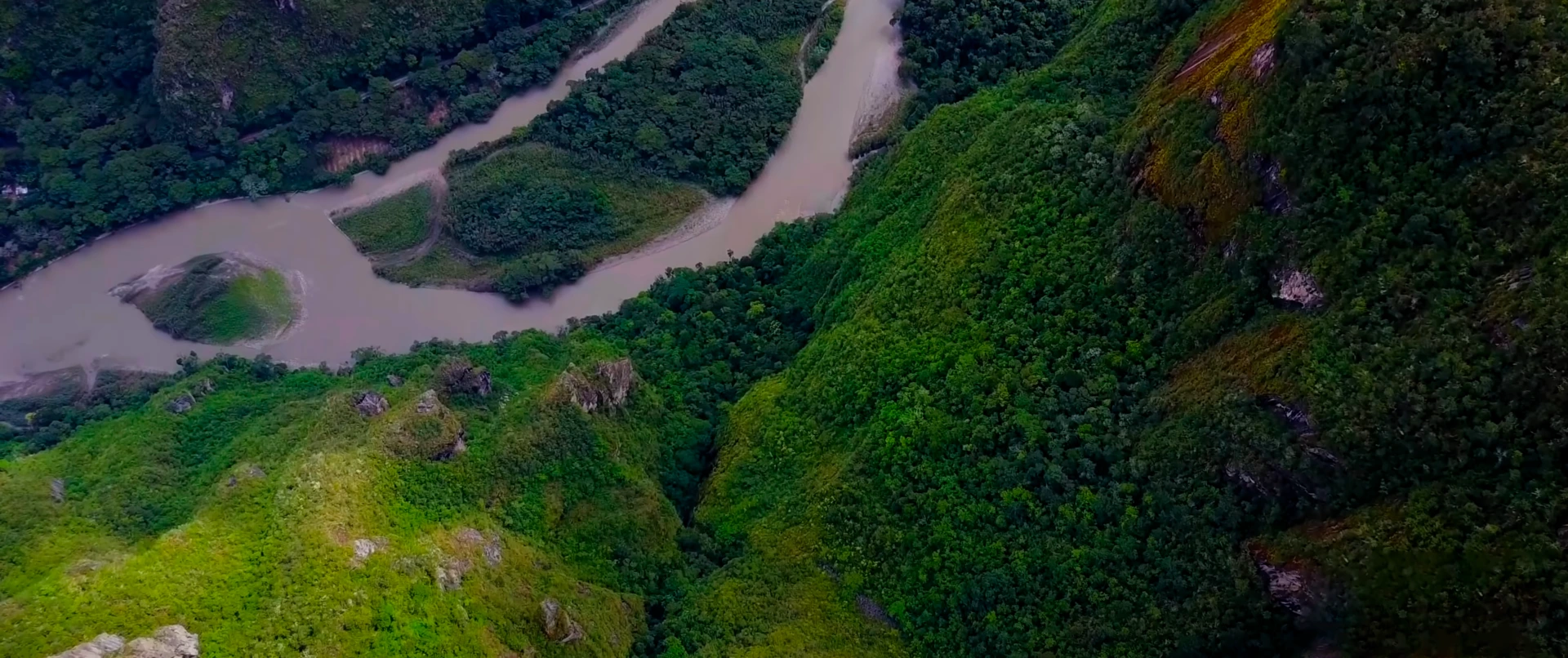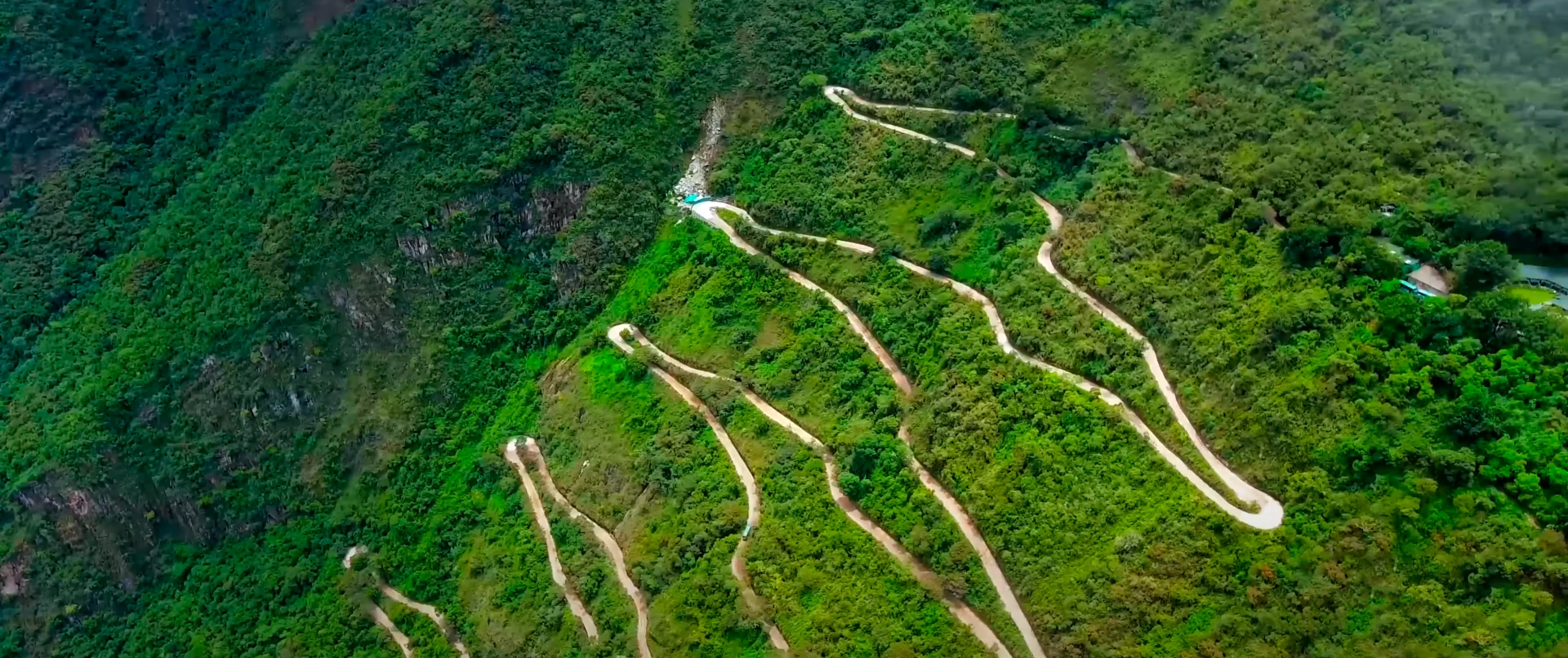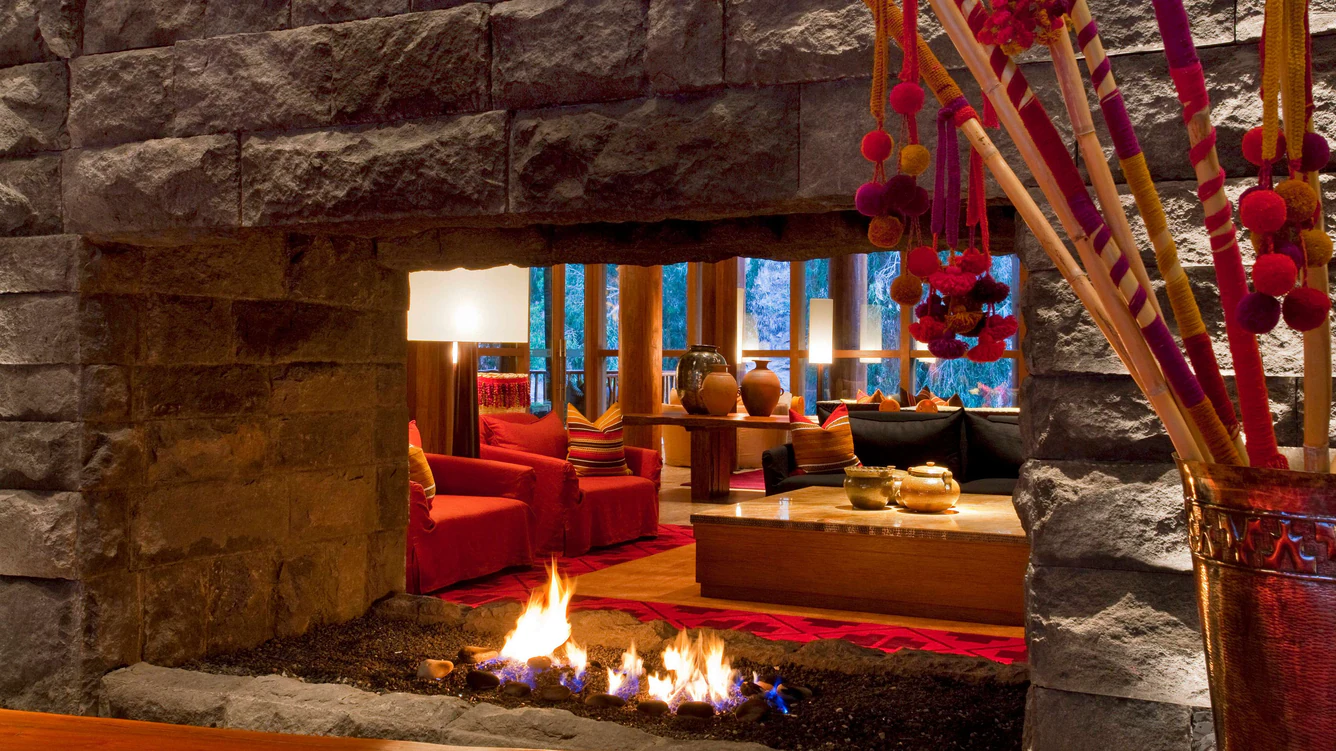Machu Picchu is a dreamlike destination nestled high in the Peruvian Andes. This ancient Inca citadel is filled with timeless magic, drawing travelers from all over the world. Planning your visit at the right time can elevate your experience to an unforgettable journey.
Are you curious about the weather in Machu Picchu? Want to know the best months to visit this iconic site? While Machu Picchu is enchanting year-round, every season offers its own appeal and challenges. From clear skies and fewer crowds to lush landscapes during the rainy season, each period creates a unique experience.
In this ultimate guide, we will help you discover the best time to visit Machu Picchu in 2025. Month by month, you’ll find detailed insights to plan your adventure to this spectacular UNESCO World Heritage Site. Get ready to explore one of the most iconic destinations on the planet.
Best Month to Visit Machu PicchuChoosing the best month to visit Machu Picchu is crucial to making the most out of your journey to this world wonder. Machu Picchu, one of the New Seven Wonders of the World, is located in the Peruvian Andes and is surrounded by breathtaking landscapes, lush greenery, and rich history. The site’s unique geographical location means that the weather can vary significantly throughout the year, affecting not only the comfort of your visit but also the visibility and accessibility of the ruins. The best time to visit Machu Picchu is during the dry season, which runs from **May to September**. During these months, you can expect sunny days, clear skies, and minimal rainfall — perfect conditions for exploring the Inca citadel and trekking the famous Inca Trail. However, visiting during the dry season also means larger crowds and higher prices, as this is the peak tourist season in Cusco and the Sacred Valley. If you prefer a quieter experience, the shoulder months of **April** and **October** are also excellent options. During these months, you’ll experience mild weather, fewer tourists, and slightly lower accommodation and tour costs. However, you may encounter occasional light rain, so packing a light rain jacket is advisable. |
Best Time to Visit Machu PicchuChoosing the best time to visit Machu Picchu depends on your personal preferences and travel style. Each season offers unique advantages and challenges, so understanding the weather patterns, crowd levels, and special events throughout the year will help you plan a more rewarding visit. Below, we provide a comprehensive breakdown of the weather, tourist seasons, and other key factors to help you decide when to embark on your Machu Picchu adventure. |
Dry Season (May to September)
| Perfect for Hiking and Outdoor Exploration |
The dry season is widely regarded as the best time to visit Machu Picchu due to stable weather conditions and clear skies. The absence of rain makes it easier to hike the Inca Trail and explore the ruins without worrying about slippery paths or poor visibility.
|
Wet Season (October to April)
| Lush Landscapes and Fewer Crowds |
The wet season brings more frequent rainfall, but it also transforms the Andean landscapes into a vibrant green paradise. While some trails may close due to heavy rain, Machu Picchu remains open year-round.
|
Best Months to Visit Machu Picchu
| Combining Weather and Crowd Levels |
If you're looking for a balance of good weather and manageable crowds, the shoulder months of April, May, September, and October offer the best of both worlds. These months typically experience mild weather with fewer tourists, allowing you to enjoy a more peaceful experience at the site.
|
Best Time for the Inca Trail
| Optimal Hiking Conditions |
The Inca Trail is at its best during the dry season (May to September). The trail is closed every February for maintenance, but aside from that, securing a permit well in advance is crucial due to the high demand.
|
Tips for Visiting Machu Picchu
| Maximizing Your Experience |
|
Morning vs. Afternoon VisitsChoosing between a morning or afternoon visit to Machu Picchu depends on personal preferences. Mornings offer cooler temperatures, mist-covered ruins, and an ethereal ambiance before the larger crowds arrive. The soft morning light also enhances photography opportunities, creating breathtaking images of the citadel. On the other hand, an afternoon visit presents fewer tourists, a more relaxed exploration pace, and the chance to witness a mesmerizing sunset over the ancient ruins. ILE Tours recommends an early morning visit for those seeking the most magical experience. Alternatively, an afternoon tour provides a more private and unhurried atmosphere while still offering the luxury and exclusivity that discerning travelers desire. |
Seasonal Considerations for the Inca Trail
| Ideal Hiking Conditions and Seasonal Challenges |
The Inca Trail is one of the most iconic trekking routes in the world, with conditions varying throughout the year. The dry season from May to September provides ideal hiking conditions, featuring clear skies and stable terrain. However, this also means higher foot traffic and limited availability, necessitating early reservations. The off-peak season, spanning from October to April, offers a more intimate and immersive experience, though trekkers should prepare for wet and muddy paths.
|
Crowd Levels Throughout the Year
| High and Low Seasons for Visiting Machu Picchu |
Machu Picchu experiences seasonal fluctuations in visitor numbers. The peak season from June to August aligns with the dry season and summer vacations in the Northern Hemisphere, drawing large crowds and requiring early bookings for tickets, trains, and accommodations.
|
How to Choose the Best Time to Visit Machu Picchu
| Key Factors to Consider When Planning Your Visit |
When planning your visit to Machu Picchu, several factors come into play, including weather, crowd levels, and personal preferences. Here are some key tips to help you decide the best time to travel to this breathtaking site:
|
How to Choose the Best Time to Visit Machu Picchu
| Key Factors to Consider When Planning Your Visit |
When planning your visit to Machu Picchu, several factors come into play, including weather, crowd levels, and personal preferences. Here are some key tips to help you decide the best time to travel to this breathtaking site:
|
Best Time to Visit Machu Picchu: Season Breakdown
| Choosing the Right Season for Your Visit |
|
Rainy Season vs. Dry Season in Machu Picchu
| Comparing Weather, Crowds, and Costs | |||||||||||||||||||||
|
Weather in Cusco and Machu Picchu: Month-by-Month Guide
| Dry Season vs. Rainy Season |
Machu Picchu experiences two main seasons:
|
Cusco and Machu Picchu Weather by Month
| July: Peak Tourist Season |
|
| August: Great Weather and High Tourist Activity |
|
| September: Fewer Tourists and Pleasant Weather |
|
| October: The Start of the Rainy Season |
|
| November: Green Landscapes and Moderate Rainfall |
|
| December: The Rainy Season Begins |
|
Hotels in Machu Picchu
Finding the right hotel in Machu Picchu is essential to fully enjoy your trip to the Lost City of the Incas. Whether you are looking for a luxurious experience or a comfortable yet affordable stay, Machu Picchu offers a wide range of accommodation options. Below, we’ve listed some of the best hotels categorized by stars to help you choose the perfect place for your visit.
| 3-Star Hotels |
|
| 4-Star Hotels |
|
| 5-Star Hotels |
|
Plan Your Machu Picchu Adventure Today!
Don’t miss the opportunity to experience one of the world’s most remarkable destinations. Whether you are looking for a budget-friendly stay or a luxury retreat, we can help you find the best options for your trip. Start planning your adventure to Machu Picchu with us today!
For more information about hotels in Machu Picchu, visit our Hotels section.

